You want to attend a local event during your stay and you are having trouble finding the tickets? Russian Tour can help you! The Russian Tour Box Office can help you obtain the tickets for all the museums and major sights and any kind of event or venue in Moscow and St Petersburg, including festivals, concerts and open conferences. We can also book special visits and services such as night city tours, boat trips and ferries! With Russian Tour you will be able to obtain your tickets directly from your guide, without the need to recover them from the ticket office. On request, we can also arrange for the guide to escort you to the event location or book a taxi to/from the theatre or concert hall! Moscow and St Petersburg offer many interesting opportunities: find out what is coming up and book your tickets writing at This email address is being protected from spambots. You need JavaScript enabled to view it.
The Russian Tour Box Office is an exclusive service for the Russian Tour travelers taking part in a Group Tour, Custom Tour and to all clients who are taking part in our guided visit programmes in Russia. The tickets will be given to you by our guide before the visit or event.
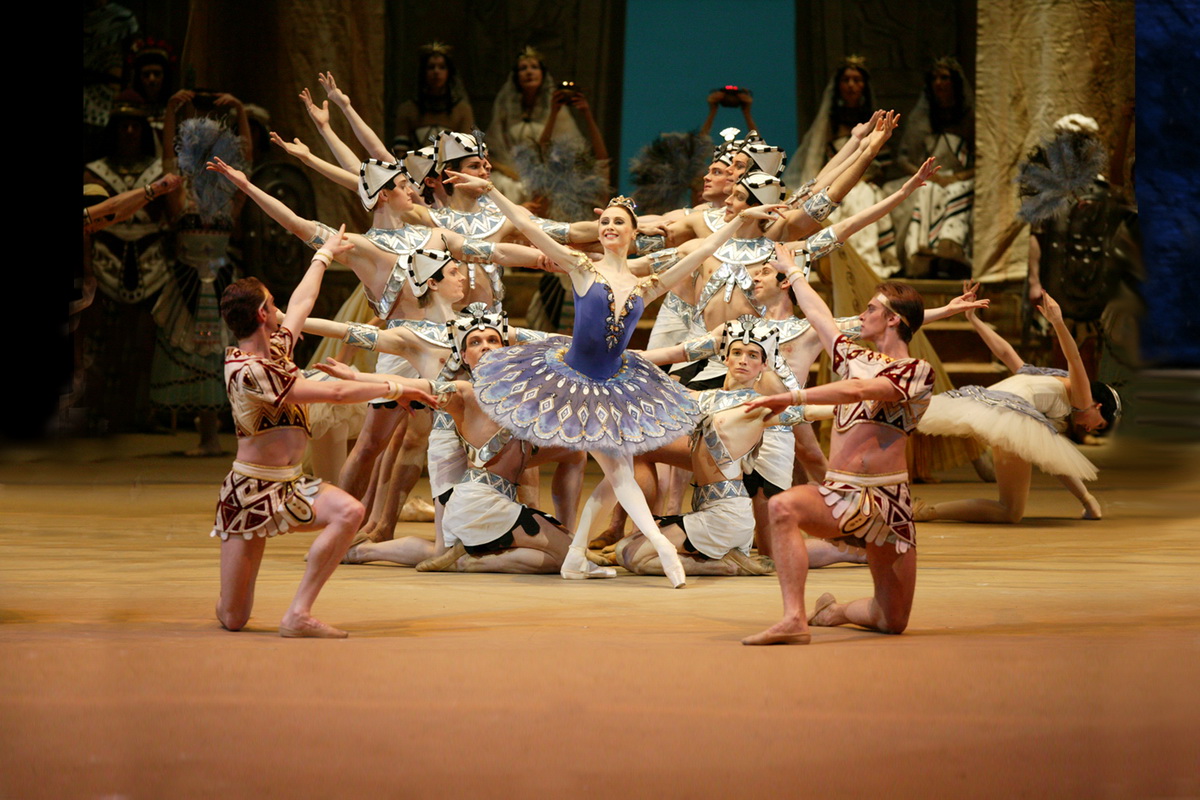
Museums and Theatres in St Petersburg
Mariinsky Theatre
The famous Mariinsky Theatre of St Petersburg is home of one of the most renowned ballet companies in the world and his Opera and Symphonic rosters include some of the best contemporary artists and directors. The theatre is named after the Tsaritsa Maria Aleksandrovna, wife of the Emperor Alexander II, and was originally founded in 1860 under the name of Imperial Theatre of St Petersburg. Attending an evening session at the Old Stage of the Mariinsky Theatre, in which the imperial court assisted to the premières of some of the most famous operas and ballets in the world, is no doubt a priceless experience.
Maly Dramatic Theatre
The Maly Dramatic Theatre and company where founded in 1944 during WWII, when Leningrad (currently named St Petersburg) was just relieved from a destructive 4-year-long siege and the slow and painstaking reconstruction was just starting. After two decades of activity that saw the Maly theatre company touring in the Leningradsky region bringing much needed relief and entertainment to the local communities, the theatre finally entered the enclosed circle of the top Russian theatres during the 70s under the direction of Lev Abramovich Dodin, now a world-renowned theatre producer and director. The theatre is also known as “Theatre of Europe” after is induction in the Union of Theatres of Europe in 1998.
Mikhailovsky Theatre
While being one of the oldest theatres of Russia, splendidly situated on the Square of Arts, The Mikhailovsky Theatre never had his own resident company and never reached the widespread fame and success during the Empire, and remained pretty much hidden under the shadows of the Imperial theatres, the Mariinsky and the Ermitazhny theatres, until the outbreak of the Russian Revoution. During the soviet era the theatre and his newly formed company became one of the main protagonists of the Russian avant-garde hosting the premières of some of the most prominent artists of the XX century such as Sostakovich and Prokofiev. In 2007, thanks to consistent private donations, the Theatre was completely renewed and received the support of a new artistic director and a completely new cast of talents: today the Mikhailovsky Opera and Ballet are world-renowned companies, between the best of the contemporary scene.
The Hermitage State Museum
The Hermitage Museum was originally established in 1764 by the Empress Caterine II the Great in the “Small Hermitage”, a building located next to the majestic Winter Palace on the Palace Embankment. The museum hosted the private collection of the empress, a few paintings and sculptures from western Europe, but soon the deep infatuation of the Russian aristocracy with the western-European fine art led to a rapid growth. Today the Hermitage museum owns one of the biggest collection of European fine art in the world and his exposition extend over 7 different buildings including the Winter Palace itself, with a grand total of more than 300 halls, 1000 paintings, 600000 prints and drawings and 12000 sculptures.
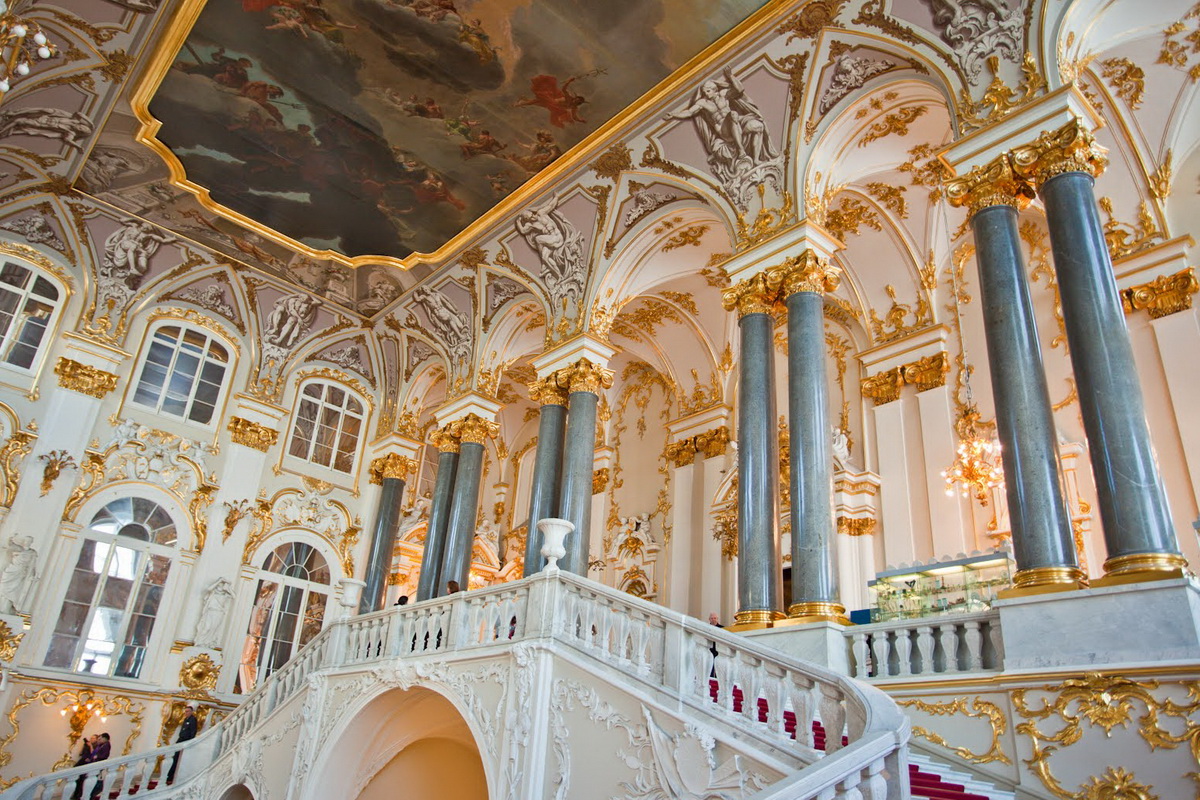
The Russian Museum
The State Russian Museum is the second biggest museum in St Petersburg after the Hermitage State Museum and owns the biggest collection of ancient and modern Russian art in St Petersburg. The Russian Museum is seated in the splendid Mikhailovsky Palace and the neighboring palaces, including the Marble Palace the Engineers’ Castle and the Stroganov Palace.
Mikhailovsky Palace – The Mikhailvosky Palace, one of the biggest and most beautiful palaces in St Petersburg, was the residence of the family of the Mikhailovs, a cadet branch of the Romanov Imperial family. The palace is one of the finest examples of the Russian neo-classicism and currently hosts the main exposition of the Russian Museum.
Marble Palace –With his breathtaking exteriors fully covered in Italian white marble, the Marble Palace is no doubt one of the richest residences of the Imperial St Petersburg. Today the palace hosts various permanent exhibitions: “The Konstatin Romanov collection”, ‘The Ludwig’s Museum in the Russian Museum’ e ‘Rzhevsky Brothers Collection’.
Stroganov Palace – The Stroganov Palace, residence of the powerful family of the Stroganovs, is one of the most beautiful palaces in St Petersburg: with its opulent baroque design, the building is no doubt one of the most remarkable architectures of the Elizabethan period. The palace currently hosts a permanent exposition of Russian porcelains and a section of the Modern Russian Painters exhibition.
Mikhailovsky Castle – This beautiful palace enclosed in an artificial moat was the residence of choice of the emperor Paul I, who was obsessed by the fear of a conspiracy against him and enclosed himself in this heavily guarded castle. Ironically, the Emperor was assassinated only 40 days after having moved in his new residence by members of his cabinet and his successors moved back the imperial residence to the Winter Palace. The empty building was later donated to the famous Nikolaevskaya Engineering Academy. Currently, the palace hosts the following permanent exhibitions: ‘Antique Subjects in Russian Art’ e ‘The Epoch of Renaissance and Creative Oeuvre of Russian Artists’.
Peter and Paul Fortress
The Peter and Paul Fortress was founded in 1703 and became the heart of the first Russian settlement in the area of what would become the new capital of the Russian Empire, St Petersburg. The stronghold was originally established as a wooden fort, then once his defensive function became less relevant was gradually reconstructed in stone following the growth of the city. The project of the new stone fortress was laid down by the famous imperial architect Domenico Trezzini following the template of the new Italian-style star forts, with low and thick walls arranged in a spiked star shape to decrease the effectiveness of the heavy artillery. Nonetheless, the fortress never took part in open warfare actions and served as a maximum-security prison for political opponents, during both the Russian Empire and the Soviet Union. The centre of the fortress hosts the highest building of the city, the Peter and Paul Cathedral, with his iconic golden spire reaching 123 meters of height. Today the fortress is owned by the Museum of the History of St Petersburg and hosts various permanent expositions: ‘The St. Peter and Paul Cathedral and the Grand Dukes Vault’, ‘The History of the Mint’, ‘History of Old St. Petersburg’, the children’s museum ‘The Street of Time’, ‘The prison of the Trubetskoy Bastion’ ‘The Printing House’ and ‘Neva Panorama’. Following a tradition rooting back to the times of Peter I the Great, every day a cannon seated inside the fortress fires a blank shot exactly on midday.
St Isaac’s Cathedral
St Isaac’s Cathedral was built between 1818 and 1858 over the foundations of the small St Isaac Church, which was the first church to be constructed on the city’s mainland during the foundation of the city. The reconstruction, carried out under the direction of the renowned French architect Auguste Montferrand, who designed the new cathedral to be the largest Orthodox Basilica in the whole Empire. St Isaac’s Cathedral features a Greek cross ground plan with a huge central cast iron dome reaching the height of 155 meters. The church’s interiors features marvelous stonework decorations, sculptures and frescoes.
The Central Navy Museum
The Central Navy Museum is one of oldest Russian museums and one of the biggest naval museums in the world. The museum was founded in 1709 by Emperor Peter I the Great next to the Admiralty building. The Central Navy Museum currently owns a wide collection of more than 700 000 objects, including military equipment, uniforms, trophies, artifacts, models and painting of the Golden Age of the Russian Navy. The permanent exposition consists of nineteen halls, with a complex of 6 museum halls for temporary exhibitions.
A.V. Suvorov State Memorial Museum
The first memorial museum founded in Russia, the State Memorial Museum is named after A.V. Suvorov (1746-1800),the famous undefeated Russian generalissimo that leaded the Russian Empire to victory in all the European wars of XVIII century and was responsible of is blazing-fast expansion across the immense territories of Siberia. The permanent exhibition consists of a single wide hall of the uniquely shaped castle-palace and contains more than 100,000 objects, including weapons and uniforms of the XVIII and XIX centuries, personal belongings of Suvorov, letters and official documents, medals and trophies. The Museum also features two remarkable mosaics on the sides of his entrance, one picturing Suvorov’s departure for the Italian Campaign against the French troops of Napoleon and the picturing Suvorov crossing the Alps.
The State Museum of Theatre and Music and the Alexandrinsky Theatre
The palace of State Museum of Theatre and Music was built between 1820 and 1830 in the Ostrovsky Square under the direction of the Empress Elizabeth’s favourite Carlo Rossi, an Italian architect that contributed much to the diffusion of the new Elizabethan Neoclassic style. Today the museum owns the biggest collection of theatre objects, costumes and materials in Russia. The building is directly connected to the Alexandrinsky Theatre, the city’s main dramatic theatre.
Yusupov Palace
Within the enclosed sphere of the Imperial high aristocracy, the Yusupovs where renown patrons and art collectors. The family’s mansion reflects their deep appreciation of the fine arts in every aspect, surprising the casual visitor with its breathtaking interiors, the opulent decorations and the multitude of artefacts of astonishing quality and beauty. Various halls of the palace are open to visit, including the cellar where in 1916 Rasputin, Russian Mystic and main advisor of the Tsars, was killed by Yusupov and other conspirators against the Imperial Family.
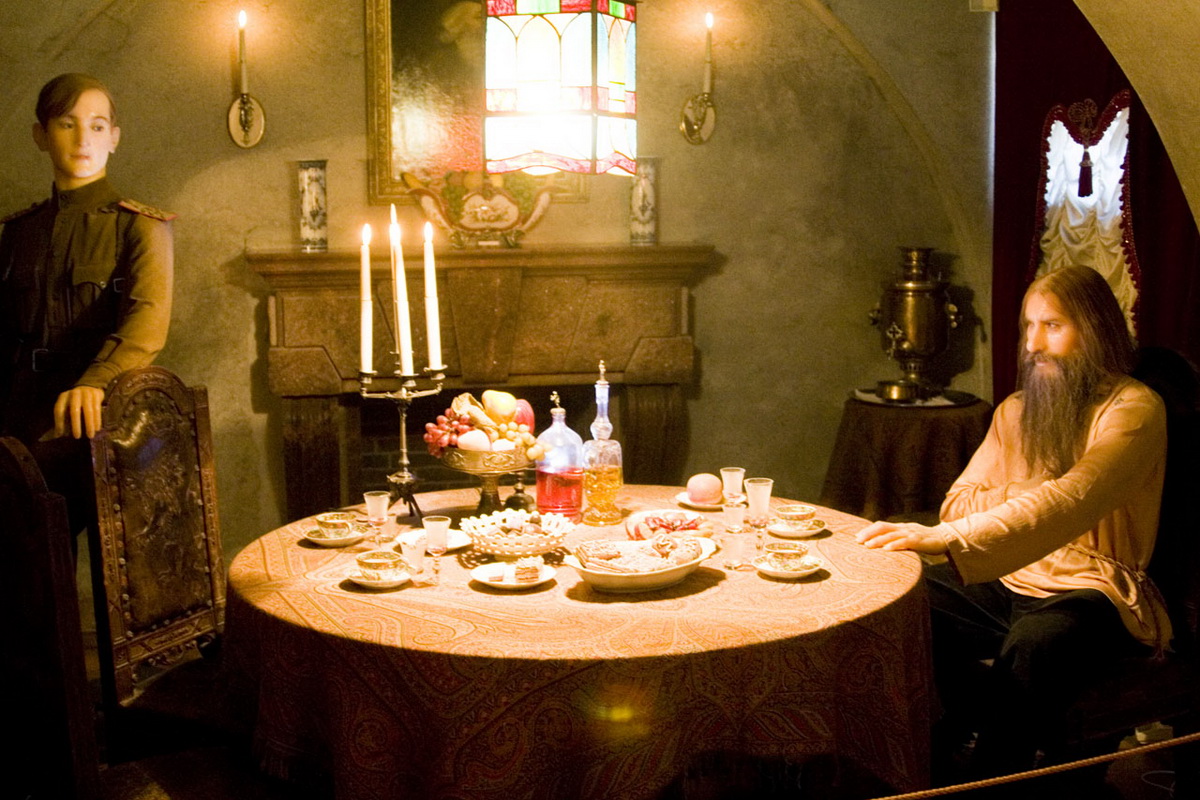
Museums and Theatres in Moscow
Bolshoi Theatre
The Bolshoi Theatre was built in 1825 by the architect Joseph Bové to become the new home the Petrovka opera and ballet company, whose theatre burned down in a fire in 1905. The theatre from its starts deeply delved in the rising in popularity Ballet scene and has been the site of notable ballet premieres, including Tchaikovsky’s Swan Lake in 1877, Today the Bolshoi Ballet is one of the most famous ballet collective in the world and the work of his choreographers much contributed to the evolution and establishment of the art in the modern era. The Bolshoy Ballet is currently directed by the form international ballet star Yuri Grigorovich, who was in retirement after an astonishing 30-year long career and has been invited back to his home theatre to take the role of chief choreographer.
The Kremlin Armoury
The Armory palace is one of the most famous building of the Kremlin compound and one of the most visited museums in Moscow. The building, which underwent various reconstructions during its lifespan, was first established in 1581 as the power and ammunition warehouse of the Muscovite fortress. Today the palace hosts a permanent exposition of the finest and richest treasures of the Russian crown, including ceremonial weapons, jewelry, medallions and Imperial insignia. The Diamond Fund exhibition located in the basement halls includes gems, folk art jewelry and a collection of Tsars’ personal belongings and relics.
Tretyakov State Gallery
The Tretyakov State Gallery houses the biggest collection of Russian art in the world, including exhibits from the high middle ages up to the creations of the main contemporary artists. The gallery was founded in 1856 by the Russian collector and benefactor Pavel Mikhailovich Tretyakov, who took the preservation of Russian art as his life goal. In 1892 the gallery was donated to the state together with the most complete and valuable collection of Russian art of its time. Succeeding curators latter pursued the goal to further enrich and complete the collection and the exposition was progressively extended from the gallery to many neighboring buildings. Today the Tretyakov State Gallery houses an exhaustive encyclopedic collection of Russian art from the High Middle Ages up to the contemporary scene.
The Pushkin Museum
The Pushkin Museum houses a remarkable collection of paintings and western European art of the XIII-XX centuries, including some works of various impressionists and post-impressionists painters such as Agnolo Bronzino, Paolo Pagani, Claude Monet, Pablo Picasso, Pierre-Auguste Renoir, Edgar Degas, Paul Cézanne, Marc Chagall, and Vincent Van Gogh. The museums also offers a small permanent exhibition of antiques from the Greek, Mesopotamian, Egyptian and Roman civilizations, including the famous “Priam’s Treasure”.
The Moscow Polytechnic Museum
The Moscow Polytechnic Museum is one of the oldest science museums in the world. The institution was first established in 1872 in occasion of the bicentennial anniversary of the birth of Peter the Great, who was deeply interested in technology and innovations. During the Soviet Era the museum became one of the most important cultural institutions of the city and his exhibitions became then main vehicle for the showcase of the achievements of the Soviet industry and its technologic achievements. Today the museum houses a collection of more than 160,000 items exposed over 65 halls showcasing a wide array of historical inventions and discoveries in fields such as chemistry, mining, metallurgy, transport, energy, optics, automation, computer engineering, radio electronics, communications, and space exploration.
The State Historical Museum
The building of the State Historical Museum was designed by the famous architect and Russian revivalist V.O.Shervud, who took inspiration from the Russian folk architecture of the Middle Ages. The opening took place in 1881, while the first 11 exhibit halls where open to the public in 1883. The museum is currently a UNESCO World Heritage site ad houses a rich collections of gold artifacts of the Scythians, birch-bark scrolls of Novgorod, manuscripts going back to the sixth century, Russian folk ceramics, and wooden objects, including a completely preserved Scandinavian longboat excavated from the Banks of the River Volga.

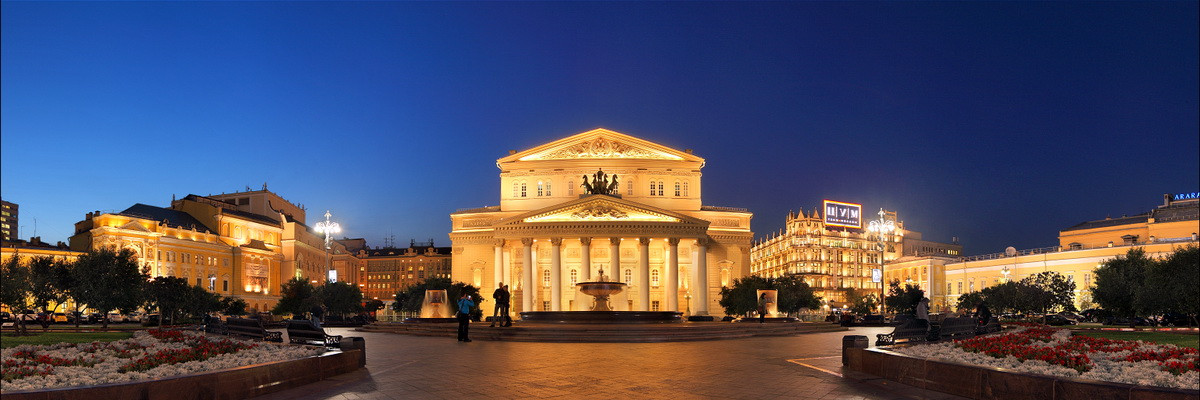
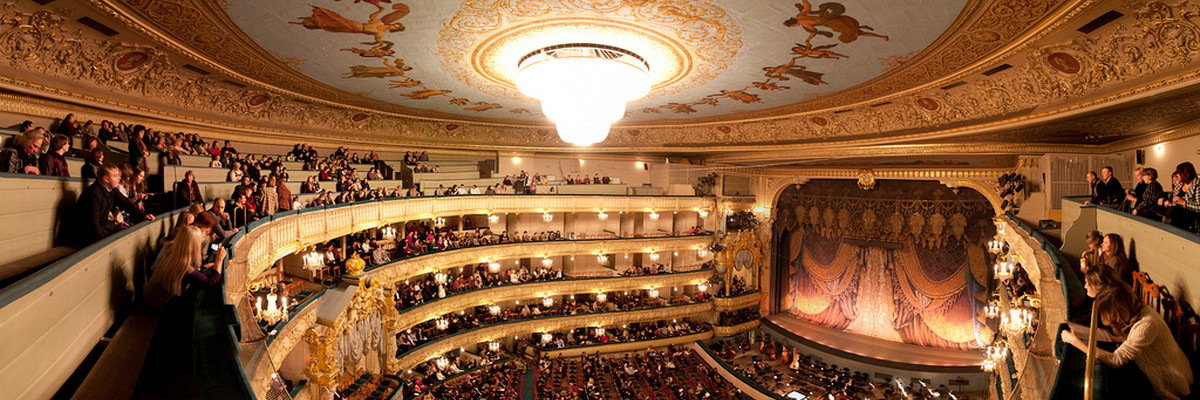
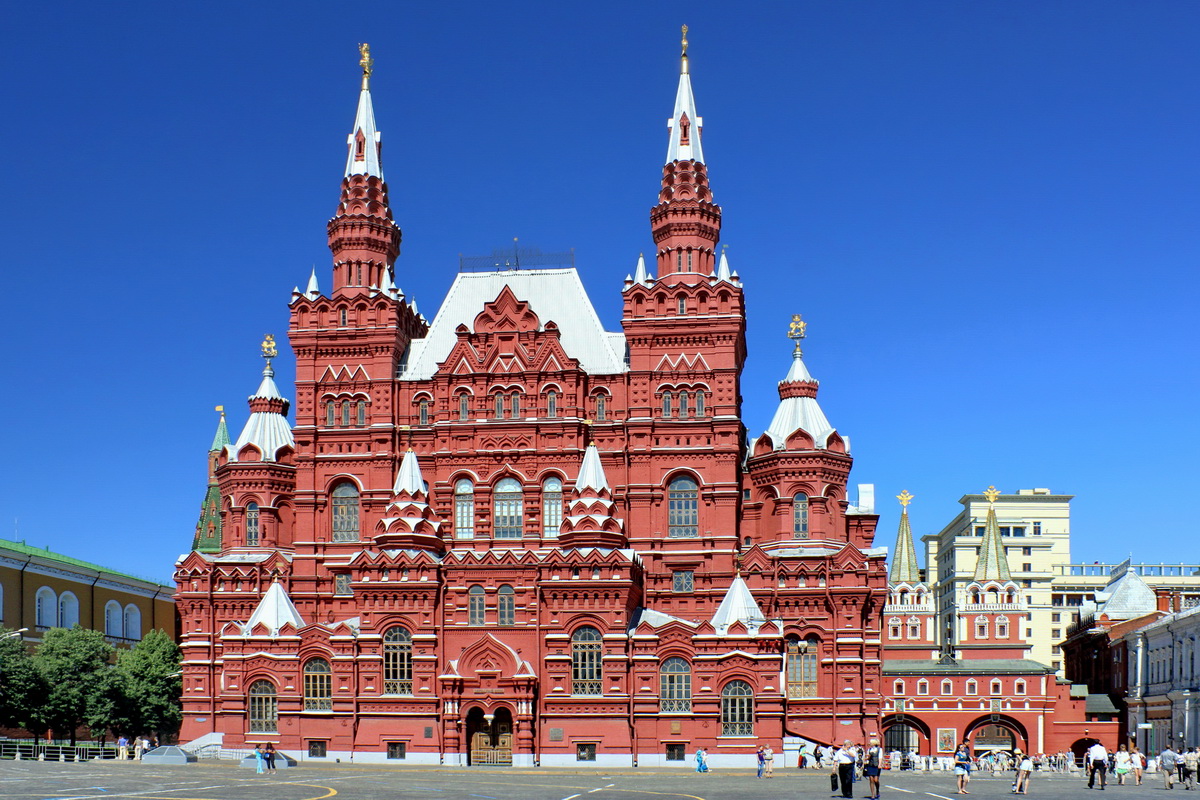
 Uliza Shpalernaya 22, lit. A, pom. 9 N
Uliza Shpalernaya 22, lit. A, pom. 9 N